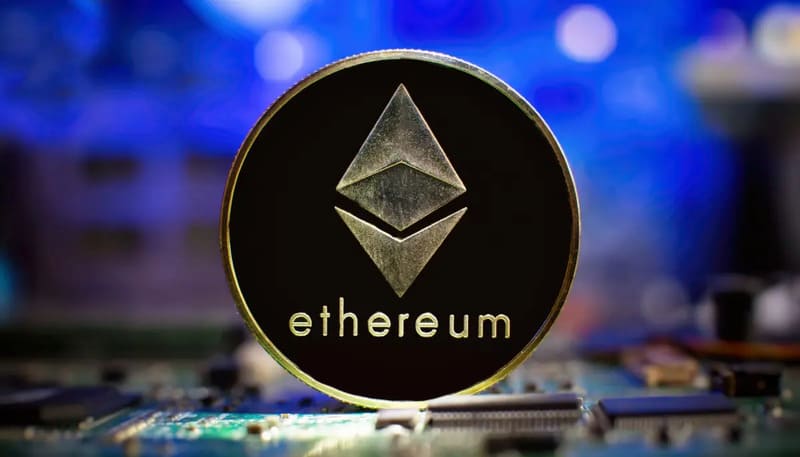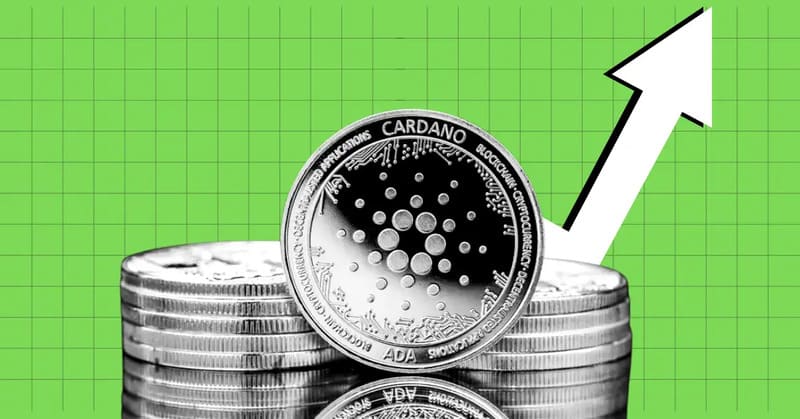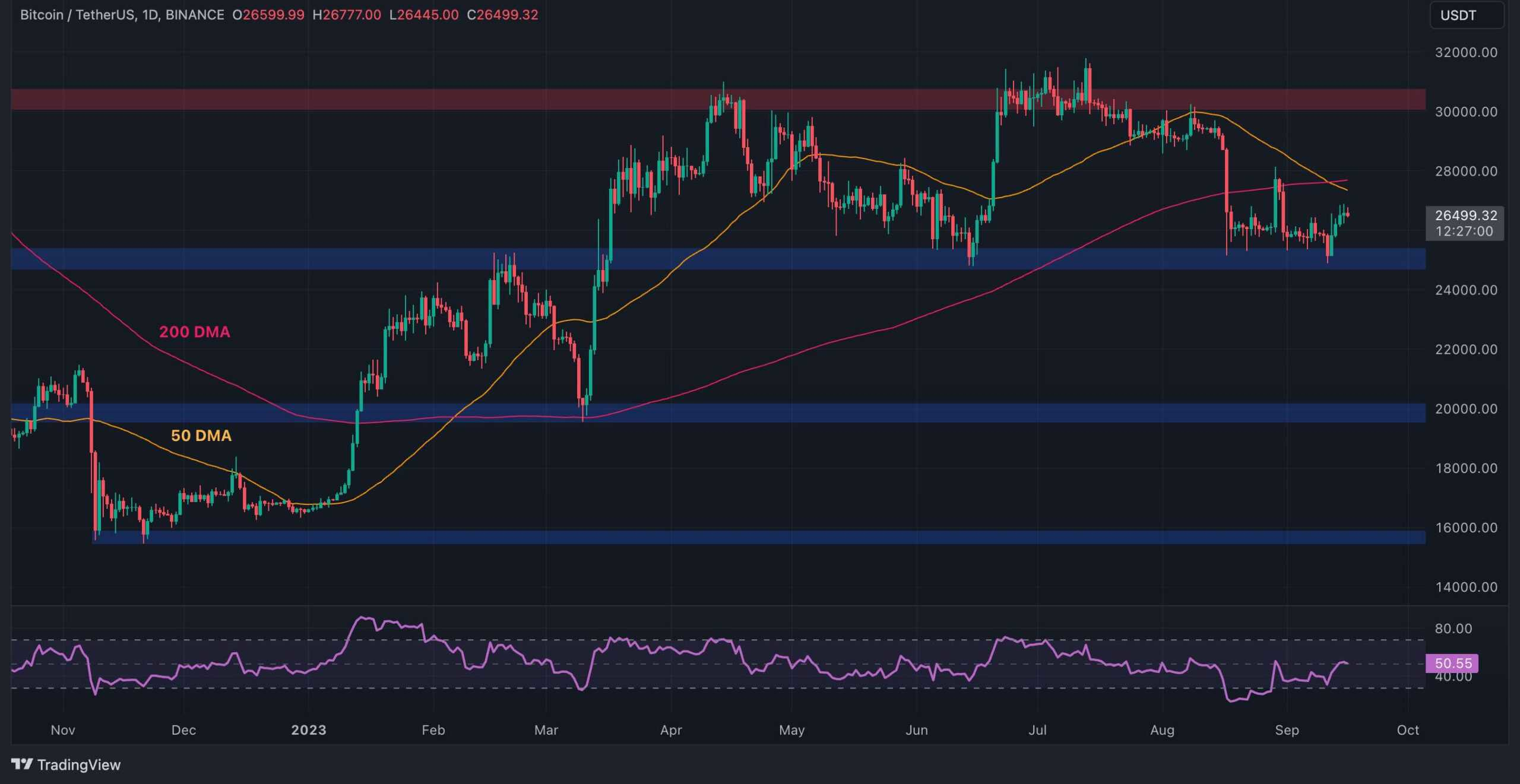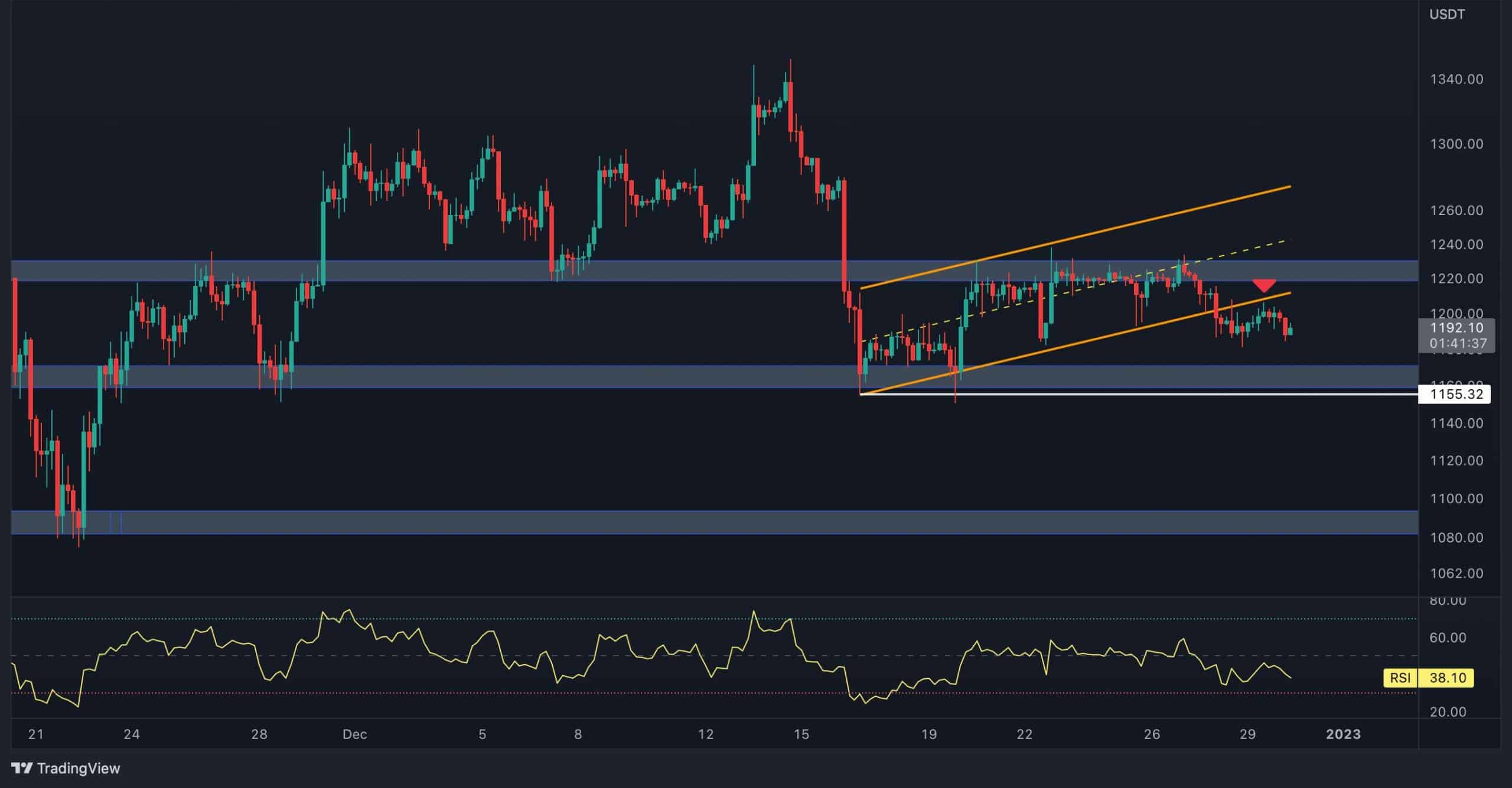
As of December 20th, 2020, Ethereum is positioned to undergo a transformational year in 2021, underpinned by its ongoing transition to Ethereum 2.0 and a rapidly growing decentralized finance (DeFi) ecosystem. The fundamentals driving Ethereum’s potential for 2021 remain robust, especially in the context of network upgrades, institutional interest, and its evolving role as a key player in blockchain innovation. As we look toward the coming year, Ethereum’s price performance will likely be shaped by these underlying shifts, alongside key technical levels and resistance zones.
Fundamental Analysis: Ethereum 2.0, DeFi Growth, and Institutional Adoption
A major factor influencing Ethereum’s prospects in 2021 is the ongoing transition to Ethereum 2.0, a much-anticipated upgrade designed to improve the network’s scalability, security, and sustainability. Ethereum 2.0’s shift from a proof-of-work (PoW) consensus mechanism to proof-of-stake (PoS) has long been viewed as a critical move to position Ethereum as the leading blockchain platform for decentralized applications (dApps) and smart contracts.
The initial phase of Ethereum 2.0, known as the Beacon Chain, launched in December 2020. This sets the stage for the full transition to PoS in 2021, which is expected to improve transaction throughput and lower gas fees, addressing some of the key criticisms that have been hindering Ethereum’s growth. The successful rollout of Ethereum 2.0 is likely to result in significant positive price action, as the network’s efficiency improvements should attract more developers and users.
In addition to the Ethereum 2.0 upgrade, the explosive growth of the DeFi sector has positioned Ethereum at the heart of decentralized financial services. Platforms such as Uniswap, MakerDAO, and Compound have seen exponential growth in total value locked (TVL), with Ethereum acting as the primary blockchain for DeFi applications. Ethereum’s dominance in the DeFi space is expected to continue expanding in 2021 as the sector matures, driving demand for the native ETH token. Institutional interest in Ethereum is also on the rise, with companies exploring the potential of the Ethereum blockchain for a range of use cases, including tokenization, asset management, and supply chain management.
The convergence of these developments forms a strong foundation for Ethereum’s continued growth in 2021. These factors should catalyze price appreciation in the coming year as Ethereum solidifies its position as the backbone of decentralized finance and blockchain innovation.
Quantitative Analysis: Price Levels and Market Sentiment
Ethereum’s price has experienced considerable volatility throughout 2020, but it has displayed an overall upward trajectory. As of December 2020, Ethereum is trading near $600, reflecting a recovery from the March lows of $93. The increase in Ethereum’s price has been driven by a combination of growing demand from the DeFi sector, anticipation surrounding Ethereum 2.0, and its overall strengthening position within the broader cryptocurrency market.
Looking at technical levels, Ethereum is facing immediate resistance near the $650–$700 range, where it has previously struggled to maintain upward momentum. A breakout above this resistance could open the door for a move toward the $800–$1,000 range, which has historically acted as a key psychological barrier for ETH. Given the strong fundamental outlook, breaking this resistance level would likely confirm the continuation of the current bullish trend.
On the downside, Ethereum’s support level lies around $500–$550, where the price has found stability during recent pullbacks. A significant decline below this support zone could signal a bearish reversal, potentially testing lower levels at $400–$450. However, given the overall positive market sentiment surrounding Ethereum, such a scenario appears unlikely unless there are significant external macroeconomic factors or adverse developments related to Ethereum 2.0.
The DeFi sector continues to play a crucial role in driving demand for Ethereum. As Ethereum’s scalability improves in 2021, more DeFi protocols are likely to be launched, expanding the use cases for ETH and driving further price appreciation. Institutional interest, especially from asset managers and investment funds, will also contribute to bullish price sentiment, as Ethereum solidifies its role as a primary blockchain for a wide range of financial applications.
Ethereum 2.0 and Its Impact on Market Dynamics
The transition to Ethereum 2.0, specifically the implementation of the Proof of Stake (PoS) consensus algorithm, is a major catalyst for Ethereum’s future price movements. The Beacon Chain, which went live in December 2020, marks the beginning of Ethereum’s transition away from energy-intensive proof of work (PoW). By shifting to PoS, Ethereum aims to improve transaction scalability while significantly reducing the carbon footprint of its network.
Ethereum’s PoS model will reward ETH holders who stake their coins to help secure the network, creating an additional incentive to hold and stake ETH rather than sell. The staking mechanism could lead to reduced circulating supply as more ETH is locked up in staking contracts, potentially creating upward pressure on price. Moreover, the scalability enhancements brought by Ethereum 2.0 could lower transaction costs and make the network more efficient, further driving Ethereum’s adoption as the blockchain of choice for DeFi projects.
As Ethereum’s network upgrades continue in 2021, the completion of Ethereum 2.0’s full transition is expected to make Ethereum an even more attractive option for developers, institutions, and retail investors alike. The success of these upgrades will likely lead to increased demand for ETH, driving upward price momentum throughout 2021.
Regulatory Environment and Global Adoption
While Ethereum’s outlook for 2021 is largely positive, there are still regulatory uncertainties to consider. Governments worldwide are continuing to explore how to regulate blockchain networks and cryptocurrencies, with varying levels of acceptance. The evolving regulatory environment will impact the pace of institutional adoption and the growth of DeFi applications, as regulatory frameworks for decentralized platforms and digital assets remain in flux.
However, if Ethereum continues to prove its utility and secure its position as a leading smart contract platform, the regulatory environment may become less of a concern. Given its increasing importance in the global decentralized finance movement, Ethereum is likely to receive continued support from both developers and investors, even in the face of evolving regulations.
Price Predictions for 2021
Based on the technical and fundamental analysis above, Ethereum’s price in 2021 could experience significant growth. If Ethereum is able to break through the $700 resistance level and continue its momentum, the $1,000 mark is a strong possibility. Should Ethereum continue to develop and scale effectively with Ethereum 2.0, it may be well-positioned to challenge its all-time highs near $1,400 in the long term.
Overall, Ethereum appears poised for continued growth in 2021, provided it can address scalability issues and maintain its leadership position in the DeFi space. While competition from other blockchains is growing, Ethereum’s market dominance, institutional interest, and upcoming network upgrades should drive further adoption and price appreciation.
Ethereum’s outlook for 2021 remains highly positive, supported by strong technical fundamentals, the continued expansion of the DeFi ecosystem, and the anticipated launch of Ethereum 2.0. While challenges such as scalability and competition remain, Ethereum is well-positioned to benefit from macroeconomic trends and institutional adoption. Investors should watch for key technical levels and remain aware of potential short-term volatility, but Ethereum’s long-term trajectory looks strong as it enters 2021.



